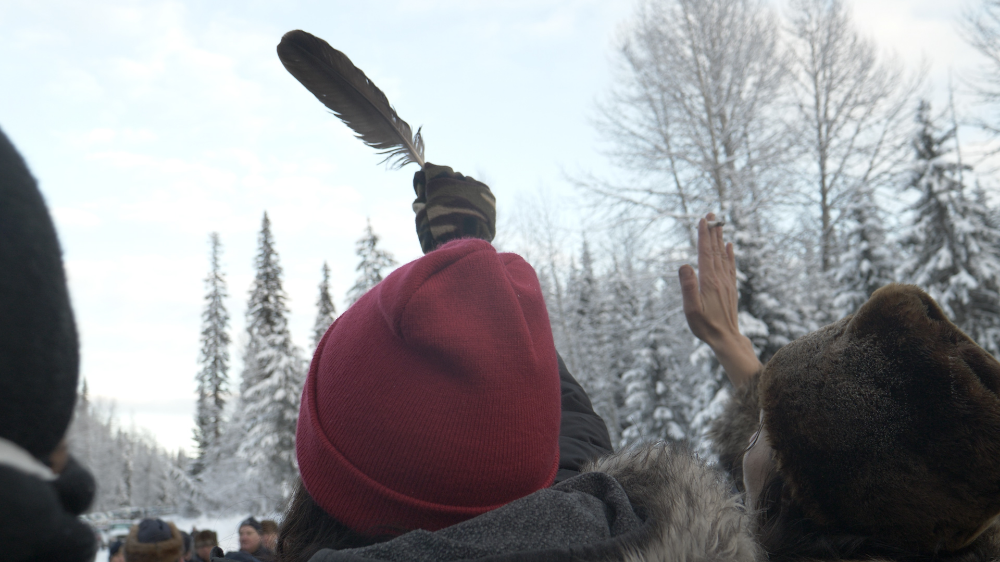Changing or abolishing the Indian Act in order to allow private land ownership may seem like a logical solution, but it’s not without its criticisms.

A boy plays on a broken-down RV on the Cote First Nation, near the town of Kamsack, Saskatchewan. Zachary Prong/Reuters
Currently, in southern Manitoba’s Sandy Bay First Nation—a place where winter temperatures often dip below -40 F—people are living in rat-infested homes without heat or reliable electricity. Rampant mold in northern Ontario’s Cat Lake First Nation is seriously damaging people’s health. In Attawapiskat, some people live in uninsulated sheds. Neskantaga First Nation has had a boil-water advisory for 25 years. In Nunavut, tuberculosis infection rates among Inuit are 26 times the national average due to overcrowded housing. Most people can’t afford to do better; 80 percent of reserves have median incomes below Canada’s poverty line.
Not all Indigenous people in Canada live on reserves; many have separate land treaties and settlement agreements, while others have yet to reclaim their land. Still, housing shortages are a common problem across most First Nations, Métis, and Inuit territories. This article speaks mainly about First Nations reserves.
Changing, or abolishing, the Indian Act in order to allow land ownership may seem like a logical solution for much of the First Nations housing crisis—but it’s not without its criticisms, either.
Many Indigenous people believe that private ownership brings with it a looming threat of foreclosure, which could ultimately chip away at Indigenous territories and rights. It could also disrupt the communal spirit of many communities. MORE




